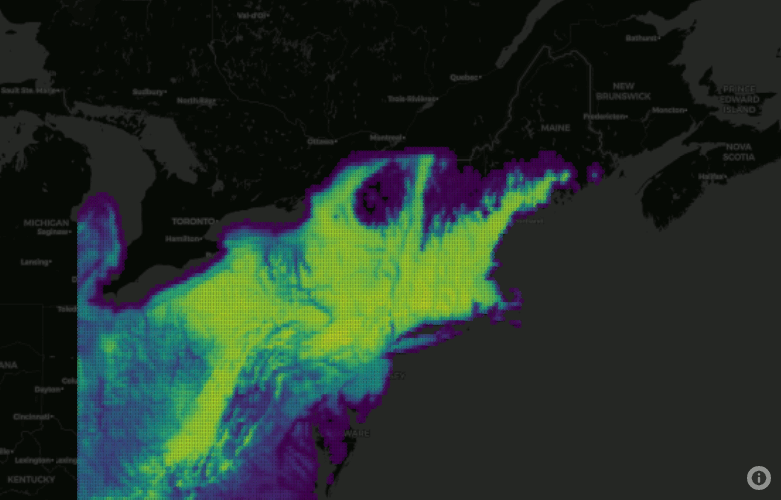
Pest species catalog
The pest atlas is a list of species which are of particular interest to our stakeholders. For each pest a range shift prediction is computed and an accompanying pest overview page describing the pest and how a changing climate is expected to affect it.
https://rpubs.com/lvash/pestatlas
Upcoming: Github repository
Species range shift model
To understand how species’ geographic ranges shift in response to forces like climate change, we need to model the underlying mechanistic processes like population demography and dispersal. We are developing the R software package `deranged` (for `demographic range modeling with dispersal`).
It provides a flexible set of tools for researchers to efficiently simulate species range dynamics for a wide range of different applications. We are also using this software in our own research focused on climate impacts on trees and birds.
Github repository: https://github.com/matthewkling/deranged
Some interim results of past model runs are visible in the Barracuda Data Dashboard, below


Crop physiology and Soil-Water balance model
A Python port of the Excel spreadsheet model by Soltani & Sinclair: Modeling Physiology of Crop Development, Growth and Yield (2012)
The port has been validated against the spreadsheet outputs before running over a bounded geospatial extent.
Pending work: Perenniel blueberry crops with bi-annual management practices and support future weather outcomes with a changing climate.
Interim results are visible in the Barracuda Data Dashboard, below
Github repository: Upcoming